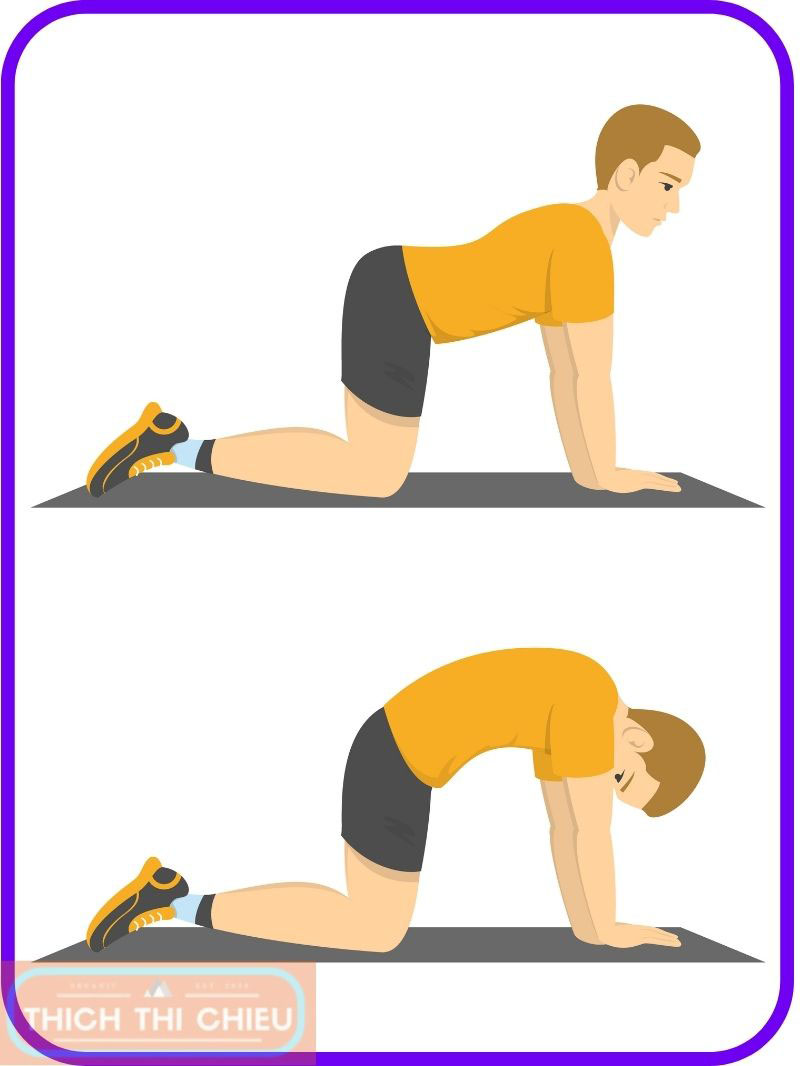Are you struggling with digestive issues like bloating, constipation, or gas? If so, you’re not alone. Digestive problems are common, affecting millions of people worldwide. Fortunately, there are many things you can do to improve your digestion, and one of the most effective is yoga.
How Yoga Improves Digestion
Enhancing Gut Motility
Gut motility, the rhythmic movement of muscles that propels food through the digestive tract, is essential for efficient digestion and regular bowel movements. Yoga poses that involve twisting, stretching, and massaging the abdominal area, such as Cow Pose (Marjaryasana) and Cat Pose (Bitilasana), can help stimulate gut motility, preventing constipation and promoting regularity.
Promoting Blood Flow to Digestive Organs
Adequate blood flow is crucial for the digestive organs to function optimally, delivering oxygen and nutrients that support their vital processes. Yoga poses that involve inversions, such as Headstand (Sirsasana) and Shoulderstand (Sarvangasana), can increase blood flow to the digestive organs, enhancing their ability to absorb nutrients and eliminate waste products.
Reducing Stress and Anxiety
Chronic stress can wreak havoc on the digestive system, disrupting the delicate balance of hormones and neurotransmitters that regulate digestion. Yoga’s emphasis on deep breathing and mindfulness techniques can help to reduce stress levels, creating a calmer environment for the digestive system to function properly.
Strengthening the Pelvic Floor Muscles
A strong pelvic floor is crucial for proper digestion, as it supports the abdominal organs and aids in bowel movements. Yoga poses that engage the pelvic floor muscles, such as Kegel exercises and Bridge Pose (Setu Bandhasana), can strengthen these muscles, improving digestive function and preventing urinary incontinence.
Promoting Gut Microbiome Health
The gut microbiome, a vast community of trillions of bacteria residing in the intestines, plays a vital role in digestion, nutrient absorption, and immune function. Yoga’s ability to reduce stress and inflammation can positively impact the gut microbiome, fostering a healthy environment for these beneficial bacteria to thrive.
Yoga Workouts for Better Digestion
Sequence 1: Relieve Bloating and Gas
This sequence focuses on poses that gently massage the abdominal organs and release trapped gas.
Cat-Cow Pose (Marjaryasana-Bitilasana)
Start on your hands and knees, with your hands under your shoulders and knees under your hips. Inhale, arching your spine and lifting your head and tailbone (Cow Pose). Exhale, rounding your spine and tucking your chin to your chest (Cat Pose). Repeat 5-10 times.
Seated Twist (Ardha Matsyendrasana)
Sit on the floor with your legs extended in front of you. Bend your right knee and place your right foot on the floor outside your left hip. Place your left hand on the floor behind you and your right hand on your right knee. Gently twist your torso to the right, keeping your spine straight. Hold for 5-10 breaths, then repeat on the other side.
Knees to Chest Pose (Apanasana)
Lie on your back with your knees bent and feet flat on the floor. Bring your knees towards your chest and hug them with your arms. Gently rock your body side to side. Hold for 5-10 breaths.
Sequence 2: Improve Constipation and Promote Regularity
This sequence focuses on poses that stimulate the movement of food through the digestive tract and encourage regular bowel movements.
Bridge Pose (Setu Bandhasana)
Lie on your back with your knees bent and feet flat on the floor. Inhale, lifting your hips off the floor, forming a straight line from your knees to your shoulders. Hold for 5-10 breaths, then release.
Wind-Relieving Pose (Pavanamuktasana)
Lie on your back with your legs extended in front of you. Bring your right knee towards your chest and hug it with your arms. Wrap your left arm around your right thigh and use it to gently pull your right knee towards your left shoulder. Hold for 5-10 breaths, then repeat on the other side.
Garland Pose (Malasana)
Stand with your feet hip-width apart. Bend your knees and squat deeply, bringing your thighs parallel to the floor. Place your palms together in front of your chest in anjali mudra. Hold for 5-10 breaths.
These are just a few examples of yoga poses that can help to improve digestion. There are many other poses that can be beneficial, so it is important to listen to your body and find what works best for you.
Tips for Incorporating Yoga into Your Routine
- Start slowly and gradually increase the length and intensity of your practice.
- Practice yoga on a regular basis to see the most benefits.
- Be patient and don’t get discouraged if you don’t see results immediately.
- Listen to your body and don’t push yourself too hard.
- If you have any injuries, be sure to modify the poses accordingly.
Regular yoga practice can significantly enhance digestive function and overall well-being. By incorporating yoga into your routine, you can embark on a journey towards digestive wellness, cultivating a harmonious relationship with your body and mind. Hopefully, the above article of TTC has provided you with useful information. If you have any questions or concerns, please leave a comment below.












Leave a Reply